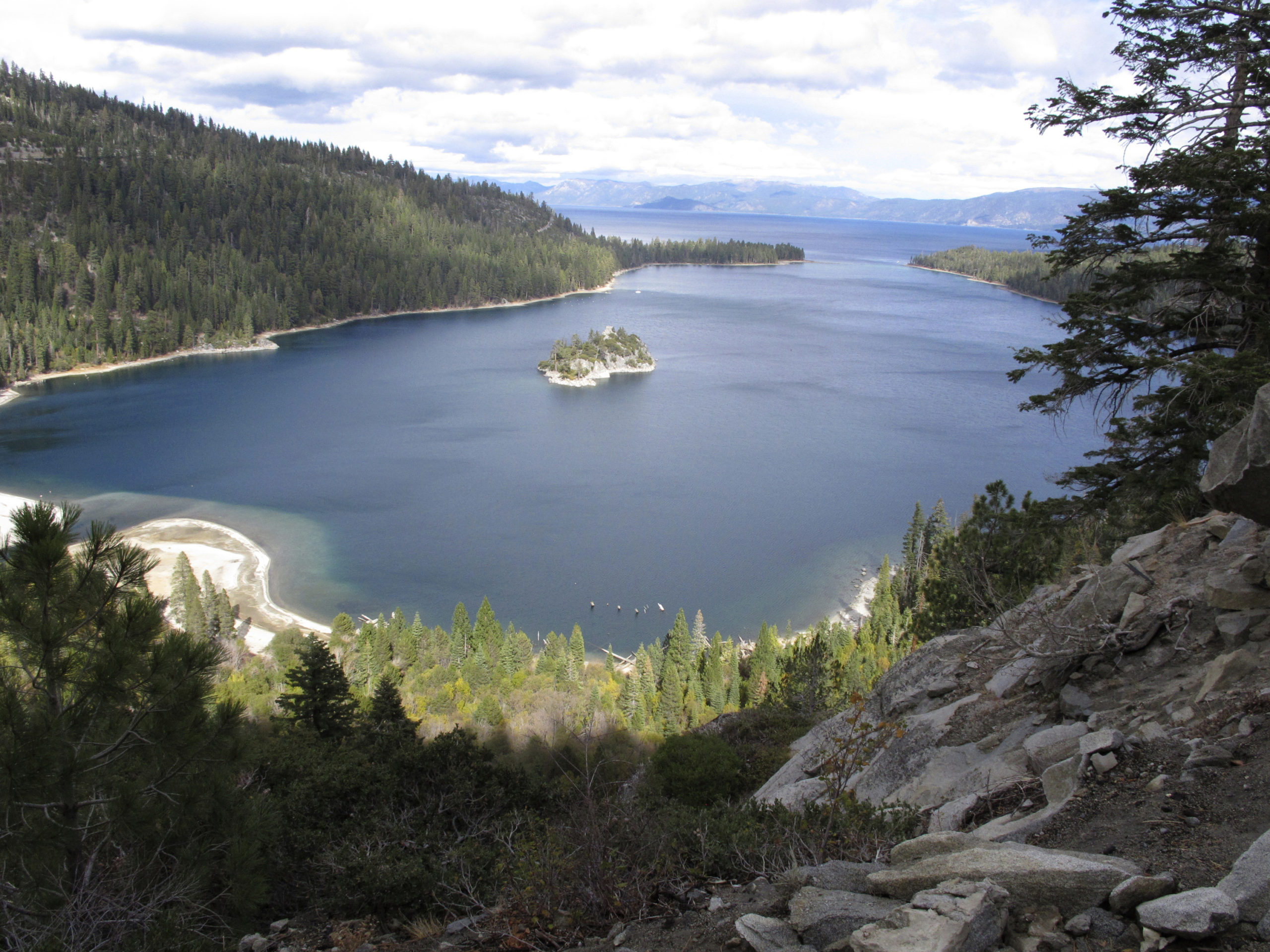
By Michael Allen, Hakai Magazine

This story originally appeared in Hakai Magazine and is republished here as part of Covering Climate Now, a global journalism collaboration strengthening coverage of the climate story.
As the climate warms, the price of adapting homes and infrastructure to cope with increasing temperatures, heavier rainfalls, stronger storms, and rising seas will be staggering. Without a concerted effort to build better, new research led by Paul Chinowsky, an environmental engineer at the University of Colorado Boulder, shows that the cost of repairing and maintaining infrastructure in the United States could run to hundreds of billions of dollars annually by the year 2090. But if society acts early, this price tag could be cut by up to 30-fold.
Using a range of climate models and emissions scenarios, Chinowsky and his colleagues projected the likely effects of climate change across the United States, analyzing the damage to railways, roads, and coastal properties. They projected the price tag under three scenarios: no adaptation, reactive adaptation, and proactive adaptation.
In their design, no adaptation is a “business as usual” approach to infrastructure management that does not consider the risks posed by climate change. The reactive scenario takes no action to reduce future impacts of climate change, but implements retrofits or reinforcements to repair damage that has already occurred. Being proactive sets out to prevent damage from future climate risks.
For a coastal property such as a beach house, examples of these three approaches might be: leaving the house unprotected and then abandoning it once it is overwhelmed by the rising sea; doing nothing to protect the property but then putting the house on stilts after a flood; and preemptively raising the house or building a sea wall to ward off flooding.
For coastal properties, Chinowsky and his colleagues’ research shows that the financial benefits of early action vary significantly across the United States. In the South Atlantic region from Delaware to Florida, the cost of no adaptation could be almost US $600-billion per year by 2090. Implementing proactive measures could cut the financial burden to less than 10 percent of that.
The issue in the South Atlantic region, says Chinowsky, is that the coast slopes gently inland with little change in elevation for kilometers. This means storms can surge inland, damaging infrastructure far from the coast and causing cleanup costs to rapidly spiral out of control.
The threat posed by sea level rise and stronger storms to vital infrastructure varies throughout the country. In California, for instance, high cliffs protect many properties. “You have to worry about erosion, but you are not worrying about an unimpeded storm hitting and coming right in,” Chinowsky says.
Indeed, the economic impact is expected to be lowest in the Pacific region, with the cost to infrastructure hitting around $45-billion per year by 2090 with no adaption. Acting proactively would reduce this by around two-thirds.
Chinowsky says that to keep costs down, we have to start being proactive now. Infrastructure takes time to plan, design, fund, and build. “When we are talking about coastal regions, we don’t have the luxury to sit and wait,” he says.
He adds that managers already have viable, proactive solutions that can be implemented, such as raising infrastructure or relocating at-risk communities, but also restoring natural flood barriers like salt marshes, mangroves, and sand dunes. “It is not so much that we need to figure out a solution,” he says. “It’s that we have to make a decision to put a solution in place.”
A. R. Siders, an expert in climate adaptation at the University of Delaware who was not involved in the study, says the US levee system shows what happens if you don’t pay the upfront costs. “We don’t maintain our levee system, and we don’t do it because it is expensive. But then the levees break, and there is a major flood and a major disaster, and then we are looking at costs that are astronomically higher than the costs it would take to maintain the levees.”
Siders says that the costs outlined by Chinowsky seem reasonable. She explains that Key West, Florida, recently estimated that it would cost $1.8-billion to elevate 250 kilometers of roads—enough to protect them for the next few decades. If you scale that nationwide, she says, “suddenly tens of billions of dollars doesn’t sound at all unrealistic. Or even hundreds of billions if we don’t get climate change under control.”
Catch more news on Great Lakes Now:
You Can’t Beat Climate Change Without Tackling Disinformation
Report: Great Lakes region needs about $2B for flood repairs
Featured image: The shoreline is receding at Emerald Bay on the southwest corner of Lake Tahoe on Oct. 20, 2021 east of South Lake Tahoe, Calif. Drought fueled by climate change has dropped Lake Tahoe below its natural rim and halted flows into the Truckee River. President Joe Biden heads to a vital U.N. climate change summit at a time when a majority of Americans regard the deteriorating climate as a problem of high importance to them. That’s the finding of a new poll by the Associated Press and the NORC Center for Public Affairs Research and the Energy Policy Institute at the University of Chicago. (AP Photo/Scott Sonner)




